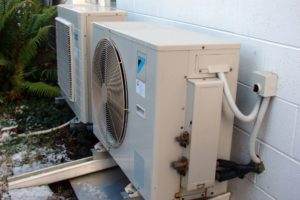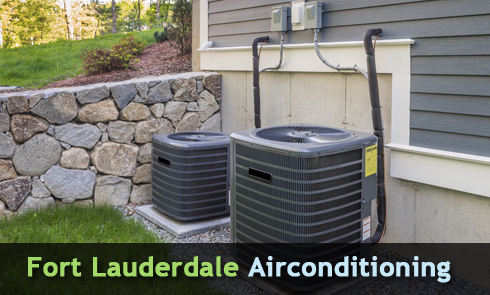 Everyone wants to live in a green home. This is because of the benefits such an environment gives the households and the quality of life it makes them enjoy. There are many different factors you can consider and tweak in order to achieve a greener environment. One of the most critical ones is the efficiency of your HVAC system.
Everyone wants to live in a green home. This is because of the benefits such an environment gives the households and the quality of life it makes them enjoy. There are many different factors you can consider and tweak in order to achieve a greener environment. One of the most critical ones is the efficiency of your HVAC system.
The reason why the HVAC system is such an important component to a greener home is because it accounts for nearly 50% of all the energy consumption in a typical home. Having known this, you need to take the necessary steps to cut back on your HVAC utility bills and fossil fuel consumption.
The Topmost HVAC Systems in Efficiency
Recent research studies and published articles have delved deeper into exploring the different home heating options with a view to find the greenest amongst them. Heat delivery systems vary and each type has its own pros and cons. Below is a snapshot of some of the common systems.
Forced Air Furnaces
The advantage with these systems is their quick response to thermostats. They work to distribute both air conditioning and heat and can easily integrate with smart thermostat controls. The downside to forced air furnaces is that their efficiency can be compromised by the long duct systems which may also be prone to leaks. They may also distribute allergens and dust throughout your home.
Boilers and Radiators
One of the key advantages of radiator pipes is that they are much easier to install and their operation is less noisier compared to forced air duct systems. They are effective in heating rooms efficiently and evenly and do not distribute dust.
On the flipside, radiators can heat up and this can be dangerous especially if you have children around. Another problem with radiators is that they can take up space within your room and this can clash with your interior décor.
Radiator Floor Heat
The feeling of warm floors under your feet and the experience of heat emanating from the ground up is a source of comfort for many people. However, in terms of cost, this is always expensive. The heat elements are also quite expensive to install and can take quite a long time to warm up the room. Because of the lag time, radiant floor heat systems can also overheat homes.
If you have discovered most of the pros and cons discussed for each of the systems above has more to do with the utility rather than efficiency. This is because the efficiency for these three systems depends more on how you use them rather than the nature of the systems themselves. The biggest factor in energy savings is in how you set your thermostat.





